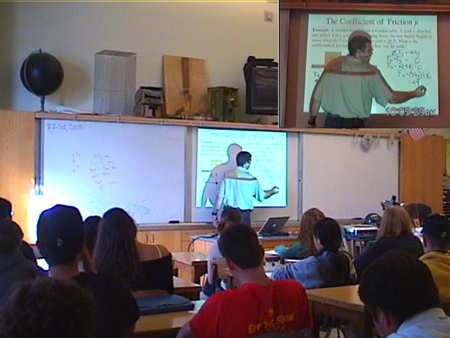Here comes Linux, part 1
by Richard White
2009-11-29
“Are you kidding me???” Dee shouted in disbelief.
I’d just told her that I–a faithful Mac user for the last twenty years–had ordered a Dell Mini 10v.
“Are you KIDDING ME??? she shouted again, thinking perhaps that I hadn’t heard her the first time.
“Yeah, I know…” I went on to explain that I’m not giving up the MacbookPro. And I’m definitely not using Windows (no offense). I’ve been looking for a decent portable on which to install Linux Mint, and after passing on the idea of a Lenovo ThinkPad (high quality, but a little higher-priced especially for a second machine), I fell for the “$100 off, free shipping” email that I’d gotten for the Dell.
This is more than just Black Friday extravagance. I’ve been intrigued by the idea of working with Linux on a laptop for a number of years now, ever since Mark Pilgrim famously made his own switch from the Mac three years ago. His reasons included Apple’s proprietary file-formatting and Digital Rights Management (DRM) lockdowns that make playing by their rules occasionally difficult. The hardware, although of high-quality, is known for being expensive, placing it out-of-reach for many students, and a number of teachers. The question became, is it reasonable for me, as an educational technologist to run most, if not all, of my digital life using Free / Open Source Software?
In addition to other topics being discussed here, I’ll be covering the journey here once the new machine arrives in a couple of weeks. For now, though, I’m anticipating using the following software:
| Mac | Linux | |
| Operating System | OS 10.6.2 | Linux Mint 8 |
| Browser | Safari, Firefox | Firefox (pre-installed w/LinuxMint) |
| Mail client | Apple’s Mail.app | Mozilla’s Thunderbird (pre-installed w/LinuxMint) |
| Chat client | iChat, Adium, Skype | Pidgin (pre-installed w/LinuxMint) |
| Web development client | Panic’s Coda | Quanta Plus? |
| Calendar program | iCal | Mozilla’s Lightning? |
| Text editor | emacs, BBEdit | emacs (must be installed using apt-get), gedit (pre-installed w/LinuxMint) |
| Office apps | Word, Excel, PowerPoint | Open Office? (pre-installed w/LinuxMint) |
| Music playing | iTunes | Pick one |
| Music editing | Garage Band, Amadeus, Audacity | Audacity |
| Image Processing | iPhoto, Photoshop Elements, Acorn, Graphic Converter | GIMP |
Any suggestions out there? Let me know!


